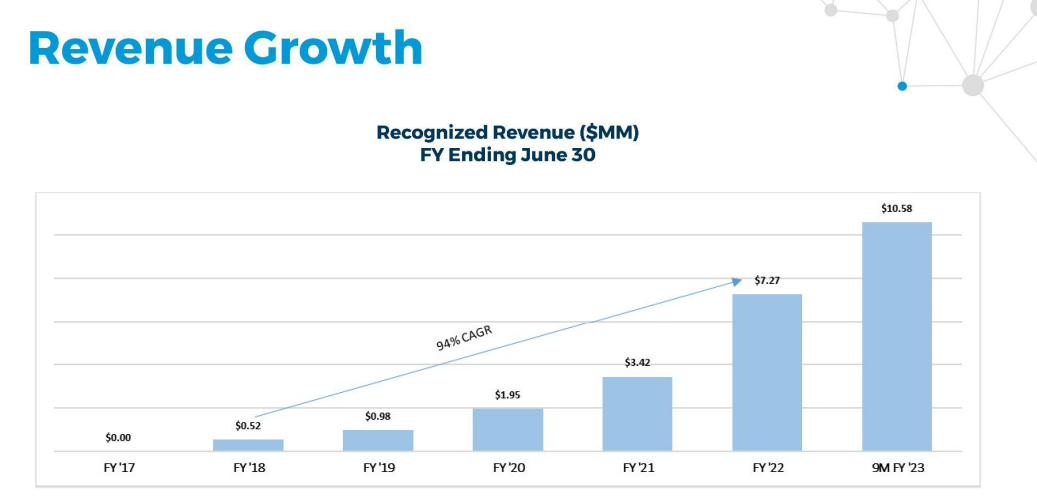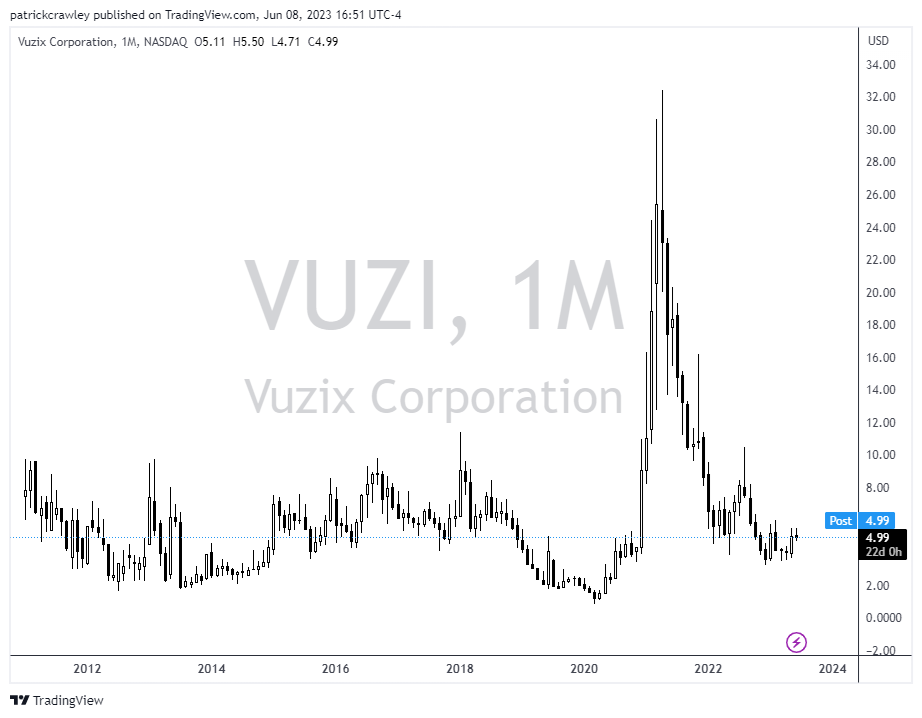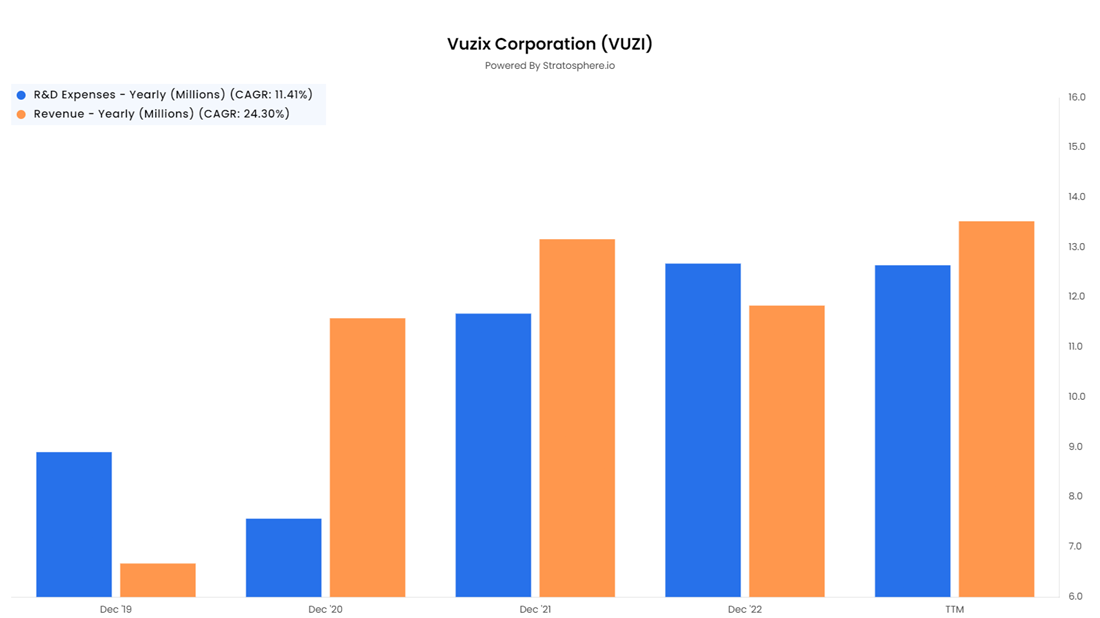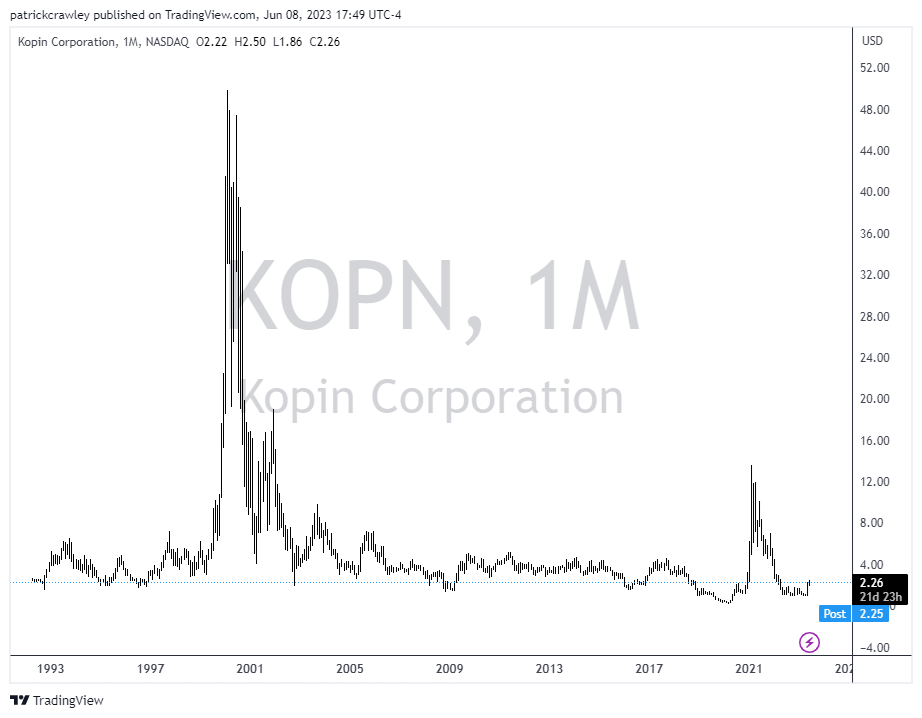Financial News
More News
View More
What’s Up With SentinelOne? An Ultra-Deep Value Opportunity ↗
Today 18:37 EST
The S&P 500's Top-Performing Sectors: 3 Lead the Pack in 2025 ↗
Today 16:41 EST
Notable Newcomers: These 2025 IPOs Dominated the Year ↗
Today 15:15 EST
Flu Season's Here—This Dividend-Payer Controls the Shot Market ↗
Today 14:38 EST
Recent Quotes
View More
Stock Quote API & Stock News API supplied by www.cloudquote.io
Quotes delayed at least 20 minutes.
By accessing this page, you agree to the Privacy Policy and Terms Of Service.
Quotes delayed at least 20 minutes.
By accessing this page, you agree to the Privacy Policy and Terms Of Service.
© 2025 FinancialContent. All rights reserved.














